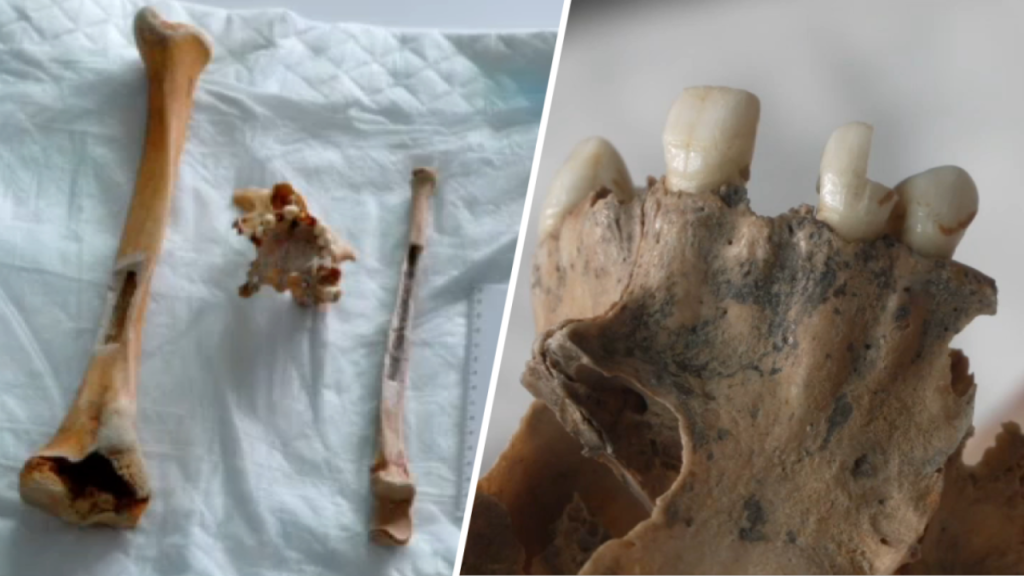
After nearly 180 years, the mystery of human bones that repeatedly washed up along New Jersey’s shoreline has finally been solved, thanks to groundbreaking genetic technology and the determination of student researchers.
The remains, long referred to by authorities as “Scattered Man John Doe,” have been officially identified as belonging to Captain Henry Goodsell, who perished in the 1844 sinking of the schooner Oriental off the coast of Brigantine Shoal.
A Mystery That Spanned Decades
The bones first appeared in 1995, when a human skull washed ashore in Longport, New Jersey. Over the next two decades, more bones followed: a leg bone in Margate in 1999 and additional remains discovered in Ocean City in 2013. Despite numerous forensic examinations over the years, authorities were unable to determine the identity of the remains—until now.
DNA and Genealogy Lead to Breakthrough
The case took a major turn in 2023 when the New Jersey State Police partnered with the Investigative Genetic Genealogy (IGG) Center at Ramapo College. Students and faculty at the center used advanced DNA testing and genealogical research tools to trace the genetic profile of the remains.
Through painstaking analysis, the team linked the DNA to a family line dating back to 17th-century Connecticut. Further genealogical research led them to a direct descendant of Captain Henry Goodsell. A DNA sample from the captain’s great-great-grandchild provided the final confirmation.
“This is one of the oldest identifications ever made using investigative genetic genealogy,” said Anthony Reda, co-director of the IGG Center at Ramapo College.
The New Jersey State Police commended the collaboration, calling it a “remarkable achievement” that demonstrates the potential of modern forensic tools to bring closure to even the most historic of cold cases.
A Shipwreck Frozen in Time
According to historical newspaper archives, the schooner Oriental was transporting Italian marble from New York to Philadelphia when it encountered a violent storm in December 1844. The vessel was caught in treacherous seas near Brigantine Shoal and went down with Captain Goodsell aboard. While other crew members were rescued, Goodsell was reportedly last seen clinging to the wreck before being swept away.
The Oriental had long been part of New Jersey maritime lore, but the exact fate of its captain remained unknown—until the discovery and eventual identification of the remains.
Students Help Rewrite History
The breakthrough highlights how student-led academic programs can contribute to real-world investigations. The IGG Center at Ramapo College is one of the few academic centers in the country specializing in forensic genealogy. With guidance from law enforcement and professional genealogists, students at the center help solve active and cold cases.
“This case proves that even after nearly two centuries, the dead can still speak—if we have the right tools to listen,” said one of the student researchers involved in the project.
Why This Matters
The case not only brings peace to the descendants of Captain Goodsell, but it also sets a precedent for using genetic genealogy in long-unsolved cases. As forensic science continues to evolve, such partnerships between academic institutions and law enforcement may become more common and even essential.
According to the National Institute of Justice, forensic genealogy is one of the fastest-growing tools in criminal investigations and missing persons cases. By leveraging public DNA databases and historical records, investigators can now revisit cases once considered impossible to solve.
The New Jersey State Police have not indicated whether they plan to reopen other historic cases with unidentified remains, but the success of this identification may encourage further efforts.
Captain Henry Goodsell, who was lost to history for nearly two centuries, can now be remembered by name and perhaps, finally, laid to rest.
